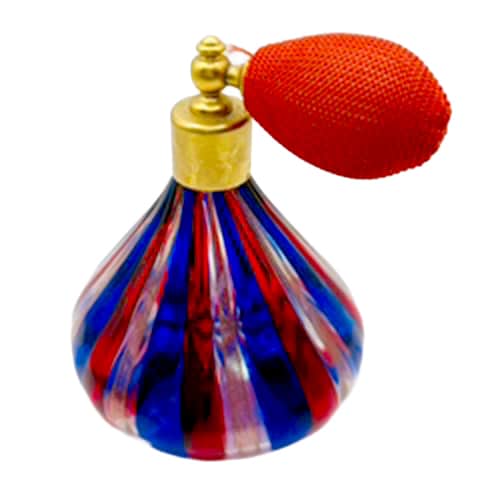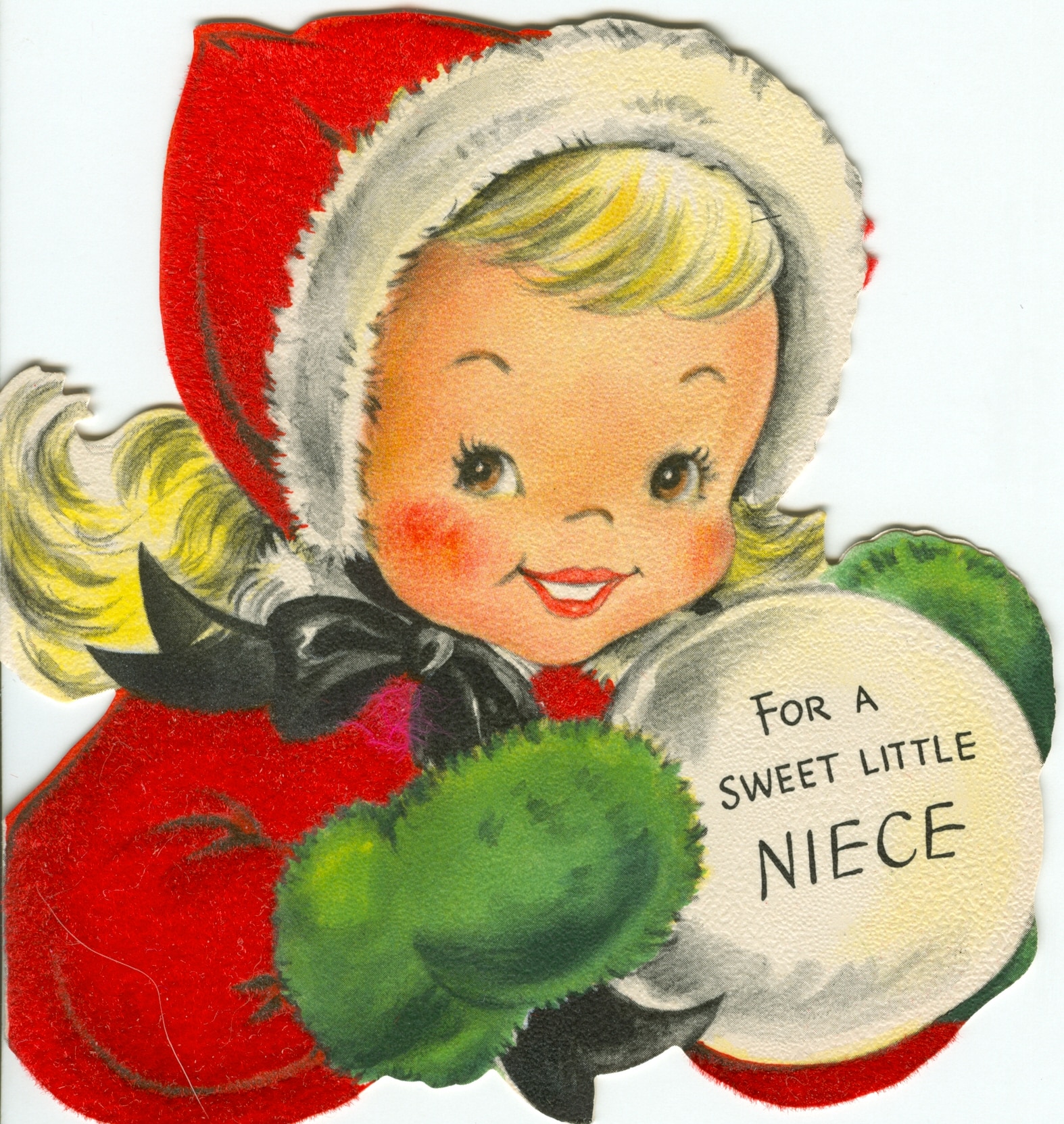How to Turn Foot Traffic into Web Traffic
by Sloane Middleton Mann

Vintage items shine in person. Within styled booths or stores, the tactile browsing and face-to-face connections make an impulse purchase hard to resist. But what happens after that beautiful in-person interaction? Too often, the customer walks away. You never hear from them again.
Meanwhile, we’ve reached what feels like a critical mass in online marketplaces. As the vintage market moves increasingly online, customers are being fragmented across channels.
For furniture, there’s Chairish, 1stDibs, and Facebook Marketplace. For fashion, there’s Poshmark, Depop, the list goes on. For those categories and everything in between, there’s eBay and Etsy. It feels like new platforms crop up each year, from WhatNot, to Vestaire, to Mercari. And we can’t forget the channels many sellers use to avoid high commissions altogether: Instagram, TikTok, and Shopify.
When an in-person customer walks out your door after a purchase and you have no way to connect them to any of these online channels, imagine a trail of dollar signs drifting away. Today’s technology gives you multiple ways to bring them into your online world and turn them into lifelong customers. While the goal is sales, focusing on building lasting relationships puts your business in a stronger, more sustainable
position. Here’s how to make that happen:
- Make it Easy for Them to Find You Again
“Easy” is the key word. Information about where to shop with you online should be visible everywhere: posters in the store, signage at the entrance and register, attractive take-home cards, and custom price tags. Including your branding and online info on price tags is a highly targeted approach, as it ensures paying customers leave with your online details in hand. Each sign should include your shop name, website, and social handles in clear and readable fonts. Be sure to feature a QR code for your most prioritized link, which can be made for free online. If they need to Google you later, you’ve already lost them. - Capture Their Contact Information on the Spot
Email newsletters are one of the highest converting marketing channels. With an eye-catching subject line, you can send a direct notification to your audience anytime, without relying on whether they are scrolling social media. But to reach them, you need their contact information. A simple pad of paper works well enough, as long as you’re actively adding the contacts into your system each day. Replacing it with a tech solution like an in-store iPad streamlines your workload and reduces errors from bad handwriting. For a more targeted approach, ask whether you can add them to your newsletter during check-out and enter it into your system directly. The few seconds of cringe are well worth the potential for lifelong sales. - Give Them a Reason to Visit Online
Incentivization is everything. Psychologically, people need a reason to follow or subscribe, even if it costs them nothing. Don’t just tell customers to check out your online presence. Point them toward something worth clicking. Send them towards a goal that feels intentional and valuable. Discounts for followers or subscribers are excellent incentives because their value is immediate and clear. Perks are another strong tactic, such as early access to drops or exclusive service offerings. Engaging content is another potential, with notes like “follow for styling tips”. Although, do be sure that you’re actually good at making the type of content you’re offering if you want your audience to stay engaged in the long term. Finally, loyalty programs are a more complicated but highly effective lever for building lifelong customer relationships. These are typically structured by offering levels of discounts or perks after a customer takes a series of actions, like multiple purchases or cross-channel engagement. - Follow Up Like a Human, Not a Robot
When an in-person customer signs up or follows you, acknowledge it. Send a quick welcome email or DM: “Loved chatting with you at the Vintage Fair on Saturday! The green mid-century lamp you looked at is still available, if you haven’t stopped thinking about it. Much more on my website too.” Personalization makes your online presence feel like a continuation of that market-day conversation. That being said: an automated welcome series that goes to all new sign-ups goes a long way. Not to mention, it allows you peace of mind when the inspiration for a personalized message isn’t there. - Show Up Consistently Online
If a customer follows you after meeting you in person but sees no posts for weeks, they’ll forget you. You don’t have to post daily, but you do need a rhythm. Whether it’s two Instagram posts a week or a monthly email (at minimum), keep your presence steady so you stay top of mind. I always
recommend having a constant “Story” live, even if it’s just reposting someone else’s content. A lit-up ring around your profile icon is the internet equivalent to a blinking “Open” sign. It signals to customers that you’re available and ready to be shopped. - Track Your Conversions
Take note of where online customers are coming from, as it can uncover your past success and guide your future direction. If five people in a month sign up for your email list at a market and three make online purchases, you’ll know this strategy works. If you offer an Instagram-only discount code and see it used at check-out, it’s proof of that channel’s value. Take this a step further with your in-person conversations. Asking “how’d you find out about this market?”, or “what brought you to the store today?” can uncover a lot about the media diet your customers take in. Every piece of information can inform future decisions, so keep it organized and easy to reference.
Bottom line:
Your in-person presence is more than a sales space. It’s a lead generator for repeat online customers. When you capture contact info, create immediate value, and follow up with genuine, ongoing communication, you can turn market-day shoppers into loyal buyers. Those customers might refer you to their friends and family too. Staying top-of-mind is how you build a fan base, which is the ultimate asset for building a reliable, sustainable, and profitable vintage business today.
Sloane Middleton Mann is the founder of Business of Vintage, the world’s only marketing agency specialized for vintage and antique shops. Follow @business.of.vintage on Instagram for vintage marketing tips & guides.





